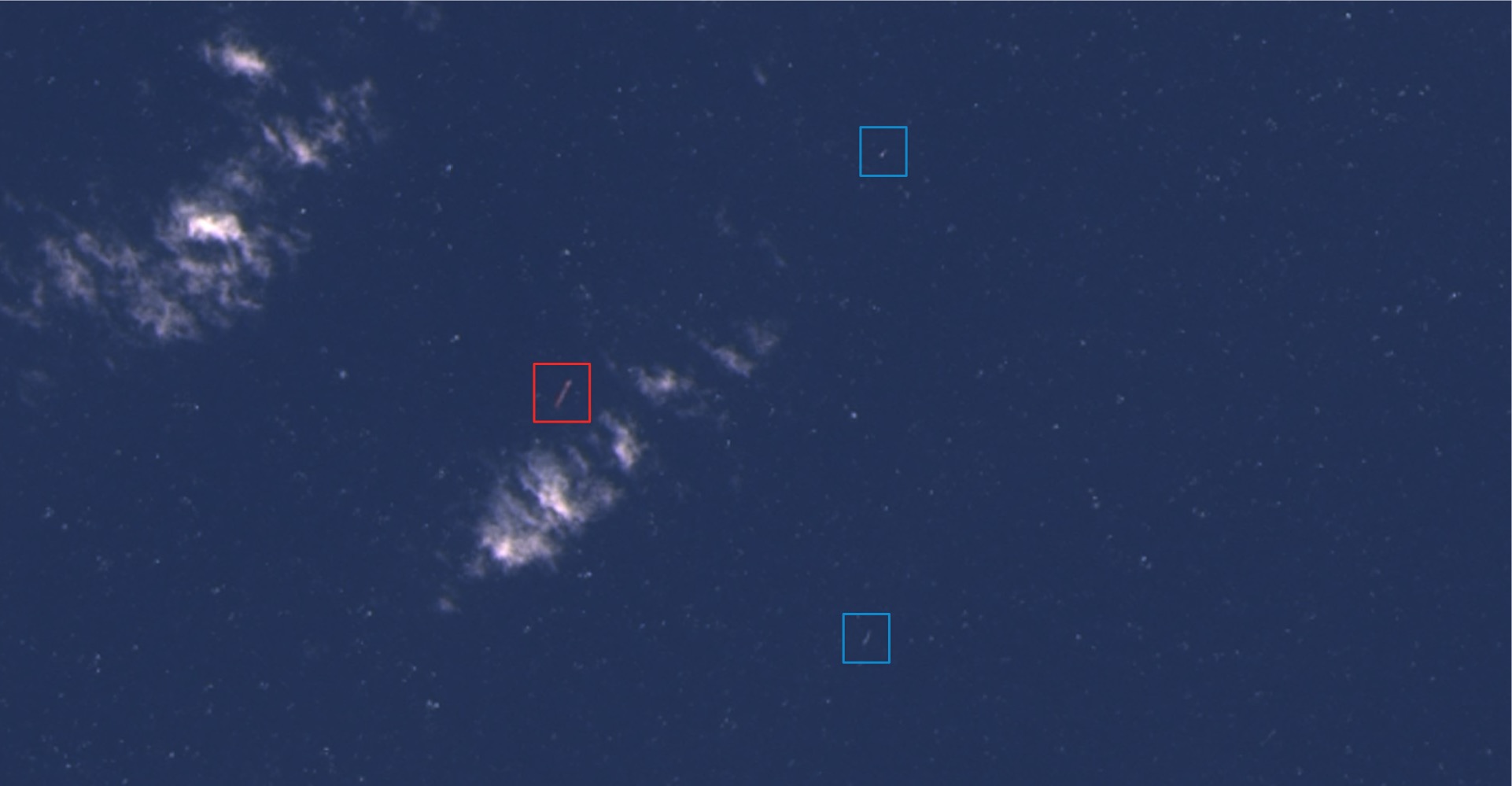Early dinosaurs rose to dominance because they ate a lot of plants.
This is the conclusion of an international team of researchers who studied hundreds of fossilized droppings—or "coprolites"—to help build a model of early dinosaur success.
"Studying undigested food remains and piecing together 'who ate whom' in the past is true detective work," said lead author and paleontologist Martin Qvarnström of Uppsala University, Sweden, in a statement.
"The ability to examine what animals were eating and how they interacted with their environment provides invaluable insights into what enabled dinosaurs to reach supremacy."
This helps to fill in a gap in our understanding of these iconic animals—with far less known about their first 30 million years of evolution than their subsequent dominance and extinction.

In their work, Qvarnström and colleagues focused on a previously understudied region in Poland—which, some 220 million years ago, lay in the northern parts of the now-split-up supercontinent of Pangea.
The team used advanced 3D scanning technology to probe within the fossil feces, revealing hidden, partially undigested material from both plants and prey eaten by the dinosaurs.
They combined these discoveries with similar analysis of regurgitated material, as well as prehistoric climate data and studies of bones, fossil bite marks and footprints.
Put together, this allowed the researchers to reconstruct the interactions between ecosystems—essentially a food web—at the time the dinosaurs began rising to supremacy.
"The research material was collected over 25 years—it took us many years to puzzle it into one coherent picture," said paper author and Uppsala University vertebrate paleontologist Grzegorz Niedźwiedzki.
"Our research is innovative. We decided to understand the biology of early dinosaurs from the perspective of their dietary preferences. There were many surprising discoveries along the way."

The team's scans revealed that the coprolites contained insects and plants, as well as the remains of both fish and bigger animals, such as the crushed pieces of bones.
Many of the remains were beautifully preserved, the researchers noted—including, for example, whole tiny beetles.
What surprised the researchers, however, was what they found in the fossilized feces of the first large plant-eating dinosaurs, the so-called sauropodomorphs.
Alongside large amounts of tree ferns—and many other plants—analysis revealed that the sauropodomorphs had also ingested significant quantities of charcoal.
"Why eat burnt wood?" Qvarnström mused, adding: "We believe that they might have done so to detoxify their stomachs after eating ferns."
Such plants, the researchers explained, are toxic to many animals.

Put together, the team's findings allowed them to create a five-step model detailing how the dinosaurs rose to success in the Triassic.
"From what we see in the Polish basin, the first dinosaur ancestors were opportunistic small animals playing a minor ecological role in ecosystems," Qvarnström told Newsweek, adding that they would have eaten whatever they could find: fish; small insects, or plants.
"New dinosaurs evolved and gradually replaced earlier predators, followed by the appearance of the first large theropods and herbivorous [exclusively plant-eating] dinosaurs.
"Later, larger herbivorous dinosaurs—the sauropodomorphs—migrated to the area. Unlike earlier, more specialized herbivores, these dinosaurs ate various plants and adapted quickly to newly evolving floras."

As the herbivorous dinosaurs became more diverse, Qvarnström added, so did the theropod dinosaurs that fed on them—until, some 200 million years ago—they had come to dominate land-based ecosystems at every level of the food chain.
According to the researchers, their study highlights the importance of flexibility to the early dinosaurs—both in what they ate, but also in their ability to adapt to environmental changes.
The Late Triassic Period saw not only a warming climate, driven by volcanic activity, but also one that grew increasingly humid, resulting in a richer selection of vegetation.
"What do to not die out?" mused Niedźwiedzki. Based on these early herbivorous dinosaurs, the answer would seem to be "eat a lot of plants," he quipped.
"The reason behind their evolutionary success is a true love for green and fresh plant shoots."

However, the findings are far from just academic—and have relevance to us today amid climate change and the ongoing (sixth) mass extinction.
"Unfortunately, climate change, mass extinctions and faunal turnovers are not just things of the past," said Qvarnström.
"By studying ecosystem responses of the past, we gain essential insights into how life adapts and thrives during shifting environmental conditions."
With their initial study complete, the researchers are now hoping to undertake similar analyses in other regions around the globe where early dinosaur remains are preserved.
Do you have a tip on a science story that Newsweek should be covering? Do you have a question about dinosaurs? Let us know via science@newsweek.com.
Reference
Qvarnström, M., Wernström, J. V., Wawrzyniak, Z., Barbacka, M., Pacyna, G., Górecki, A., Ziaja, J., Jarzynka, A., Owocki, K., Sulej, T., Marynowski, L., Pieńkowski, G., Ahlberg, P. E., & Niedźwiedzki, G. (2024). Digestive contents and food webs record the advent of dinosaur supremacy. Nature. https://doi.org/10.1038/s41586-024-08265-4



















 English (US) ·
English (US) ·